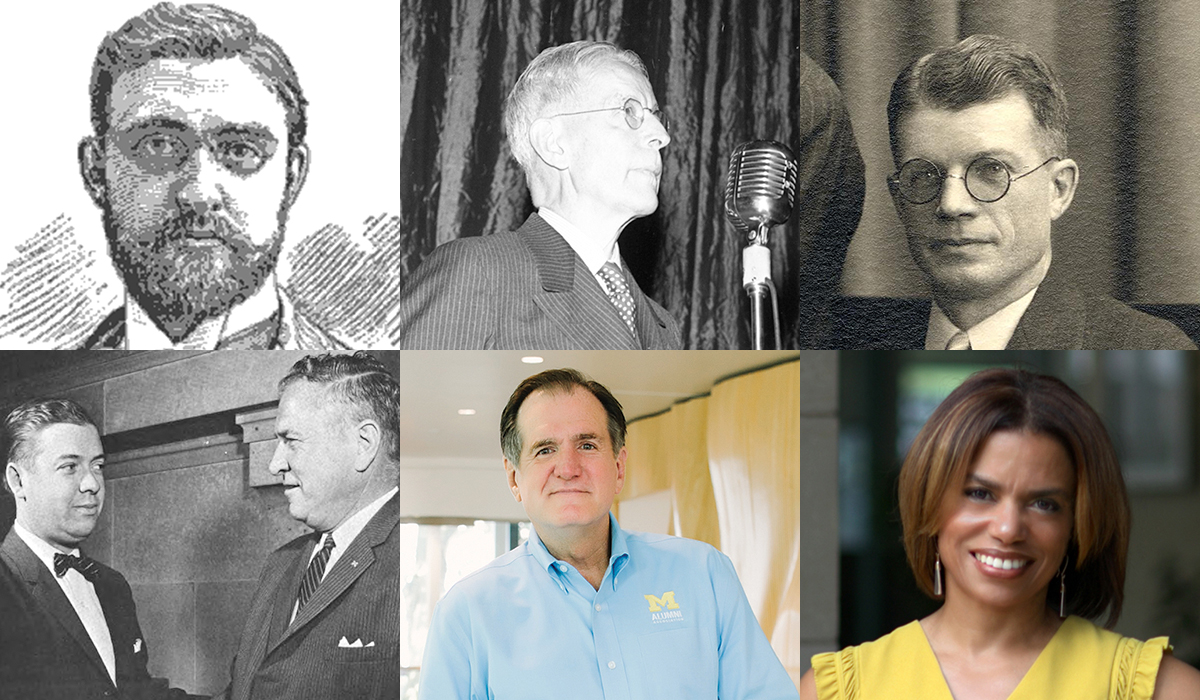The Alumni Association has had only 10 people formally in the position of president and CEO. The position was originally known as general secretary, then executive director, and U-M’s Alumni Association was the first of any university alumni organization to offer the role as a full-time position.
Last month, Corie Pauling, ’93, was announced as the 11th person in the Association’s 125-year history to take up the mantle. In celebration of her appointment, here are some insights into the select few who have served in this leadership role.
1897: LOUIS PARKER JOCELYN, 1887
A movement to reorganize disparate University departmental alumni bodies into a singular organization kicked off around 1891. On June 30, 1897, an evening of meetings and a vote resulted in the consolidation of these groups into the singular Alumni Association we know today. Jocelyn previously served as a primary organizer for the 1887 class reunion and as acting general secretary for the reorganization committee. He led a survey of 13,000 alumni to establish Association goals and collected invaluable research into how other institutions’ alumni societies managed expansion and reorganization efforts.
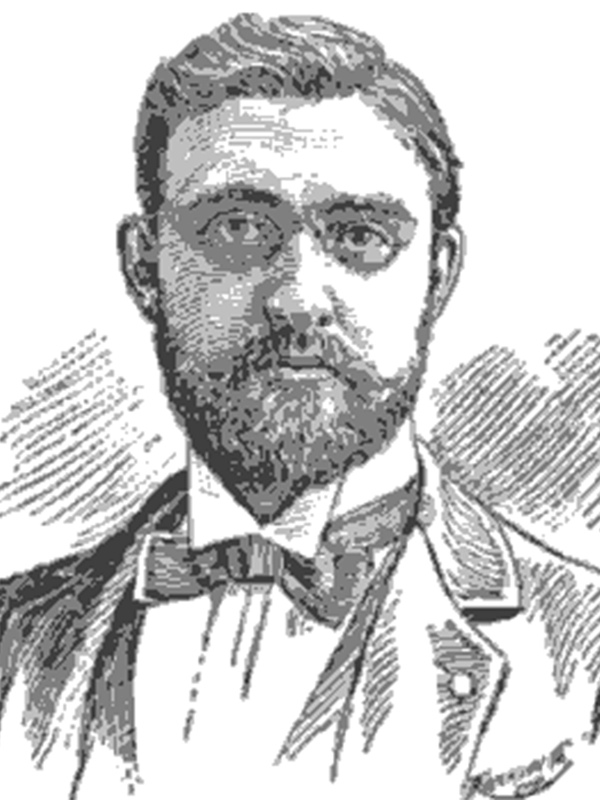
1897: RALPH C. MCALLASTER, x1887
Later that year, on October 1, McAllaster — then-editor of the Ann Arbor Democrat newspaper and an 1884 graduate of what is today known as Indiana University of Pennsylvania — was elected for the role. He attended U-M from 1885-87, studying literature and law. McAllaster served as general secretary for only a few months, resigning from the post in December to pursue newspaper work in Seattle.
1898 – 1901: JAMES HENDRY PRENTISS, 1896
Prentiss was appointed to the general secretary role in January 1898, bringing his experience and the business network he built as a student journalist. As a U-M student, he served as the Athletic Association president for two years. Prentiss stepped down from the position on July 1, 1901, and moved into the life insurance industry.
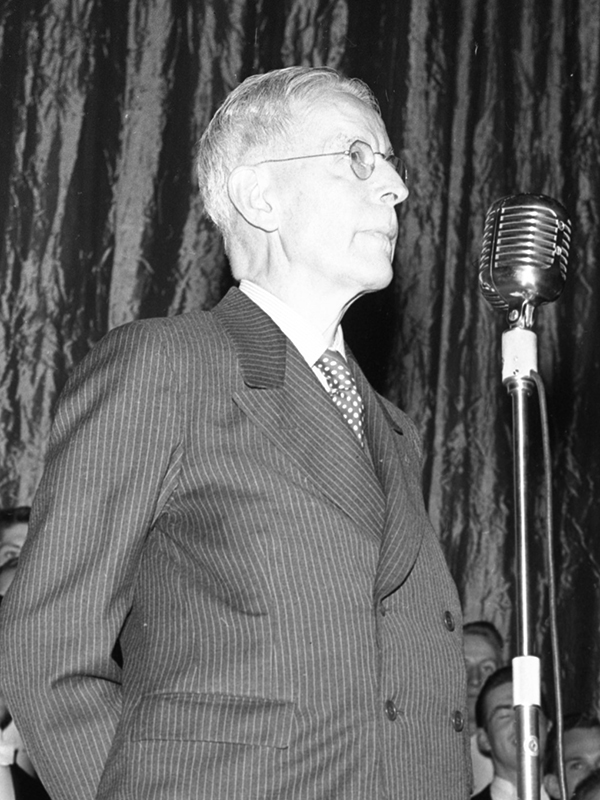
1901 – 1904: SHIRLEY WHEELER SMITH, 1897, MA1900
Smith, a familiar and well-experienced name to Association organizers due to his position as a U-M English professor, was immediately selected as the next general secretary. During his time, the Association’s financial stability greatly increased.
“It is interesting to note the large increase in endowment memberships,” Shirley said in the Dec. 12, 1903, Michigan Daily. “Loyal alumni everywhere are voluntarily lending their support to the work the association is endeavoring to do.”
Smith returned to the life insurance industry in Philadelphia upon stepping down in September 1904, but returned to U-M soon after for a long University career. He became U-M’s vice president in 1930. Smith was also a writer. In fact, he shared co-writing credit on the Oscar-nominated 1949 film “It Happens Every Spring” with Valentine Davies, ’27.
1904 – 1929: WILFRED BYRON SHAW, 1904
Upon graduating from U-M, Shaw went on to a prolific, University-centric career. As the Association’s fifth general secretary, he found time to edit Michigan Alumnus, develop the Michigan Alumnus Quarterly Review, be a historian of U-M and other subjects, and hone his artistic abilities in illustrating campus scenes and figures. Shaw resigned from the Alumni Association to take up the position of director of alumni relations at the University, which he held until 1950.
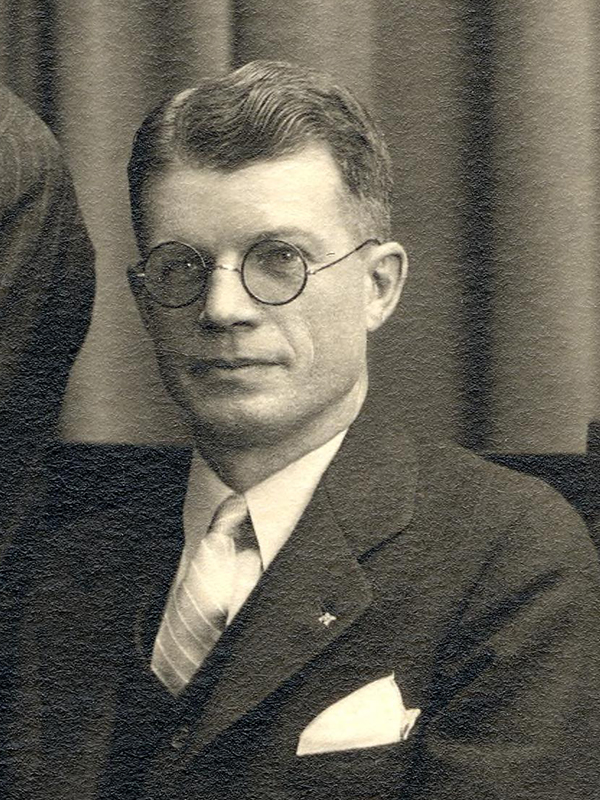
1929 – 1958: THEODORE HAWLEY TAPPING, 1916
Part of Shaw’s work included reorganizing the Association in 1923. From this came a new field officer role, which Tapping held for six years, supervising and guiding local U-M alumni groups across the nation. This experience served him well as he became general secretary in 1929 and steered the Association through the Great Depression. Before becoming involved with the Alumni Association, Tapping served in World War I and as editor of many newspapers, including the Grand Rapids Press. At 29 years, Tapping is the longest-serving person in this Association leadership role.
1958 – 1962: JOHN E. TIRRELL, MA’51
Tirrell pursued higher education after serving in World War II, heading to U-M for his Master of Arts degree, then to Harvard for his Doctor of Education. Coming back to his home state, education remained central to Tirrell’s life. For three years before becoming general secretary at the Alumni Association, he served as dean of Grand Rapids Junior College (now Grand Rapids Community College) and after he left the Association, Tirrell became the first president of the newly created Oakland Community College in 1964.
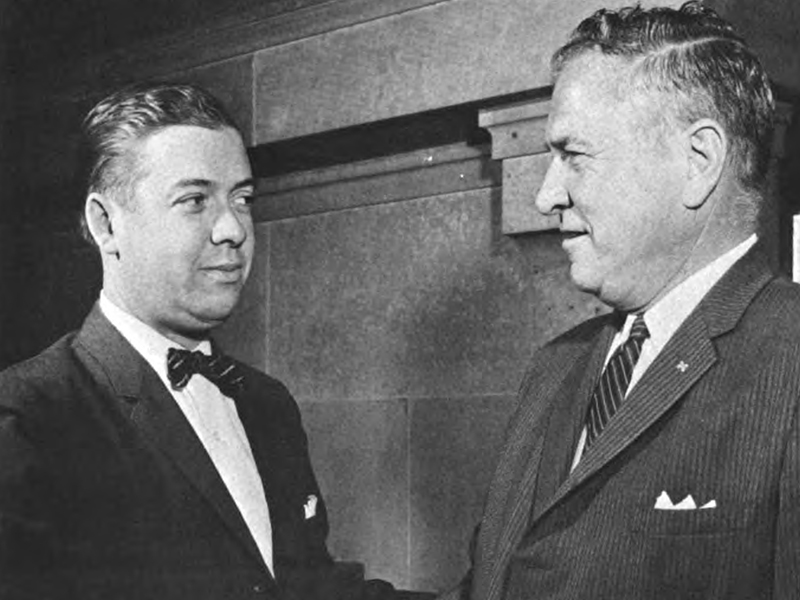
1962 – 1966: ROBERT OWEN MORGAN, ’31
During Morgan’s tenure, the general secretary role became known as executive director, reflecting shifting responsibilities and modernizations. Having served for 27 years prior in various Association capacities, Morgan intimately knew what the organization needed, how to lead, and where his experience was best utilized. In the summer of 1965, Morgan notified leadership that he wished to leave the post. However, he wasn’t totally done with the Association, moving instead to become the director of special programs and executive consultant.
1966 – 1994: ROBERT G. FORMAN, MPA’59
Upon publicly announcing his request for reassignment during commencement weekend in April 1966, Morgan endorsed Forman as his successor. Forman previously served as associate executive director of the Association. In his 28 years as the executive director, Forman oversaw great expansion in all Association areas.
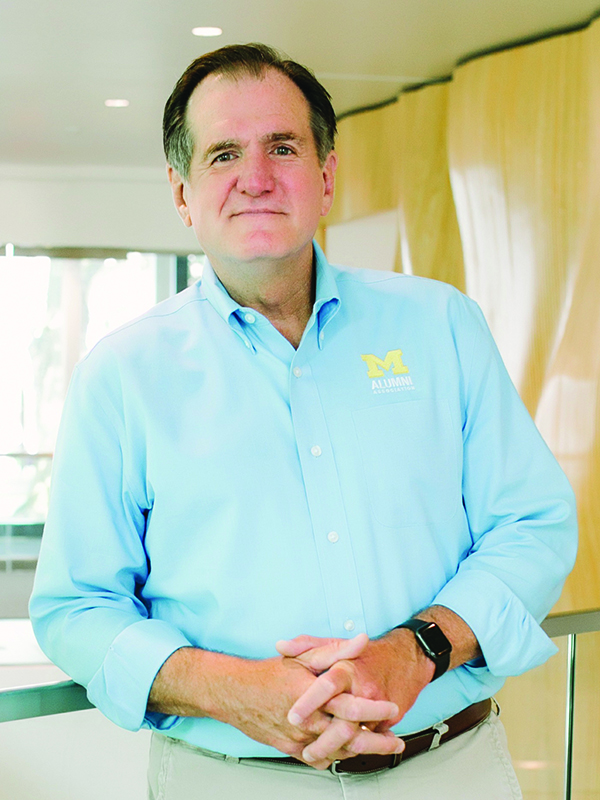
1994 – 2022: STEVE GRAFTON
Grafton may have arrived at U-M as the only person among this group with no prior University of Michigan experience or education, but that did not stop Forman from spotting greatness in the Mississippi native. Grafton’s extensive experience in alumni relations, public policy, politics, and education combined with a deep passion for education and equity to generate another 28-year tenure.
Though Grafton accomplished a great deal — from increasing the Alumni Association’s membership to more than 100,000 to developing the most diverse board of directors in Association history — one of his most notable accomplishments is the development of the LEAD Scholarship program, which offers merit-based scholarships to accepted, underrepresented incoming first-year students who embody Leadership, Excellence, Achievement, and Diversity.
For more on Grafton’s time leading the Alumni Association, read “A Life of Service” from the Fall 2022 issue of Michigan Alum.
2022 – PRESENT: CORIE PAULING, ’93
Pauling’s official tenure at the Alumni Association will commence on Oct. 19, 2022, but she is already making history as the first woman and first Black president and CEO of the Association. She brings professional experience to the role, having been a part of TIAA since 2006 and the insurance company’s senior vice president, chief inclusion and diversity officer, and head of corporate social responsibility since 2017.
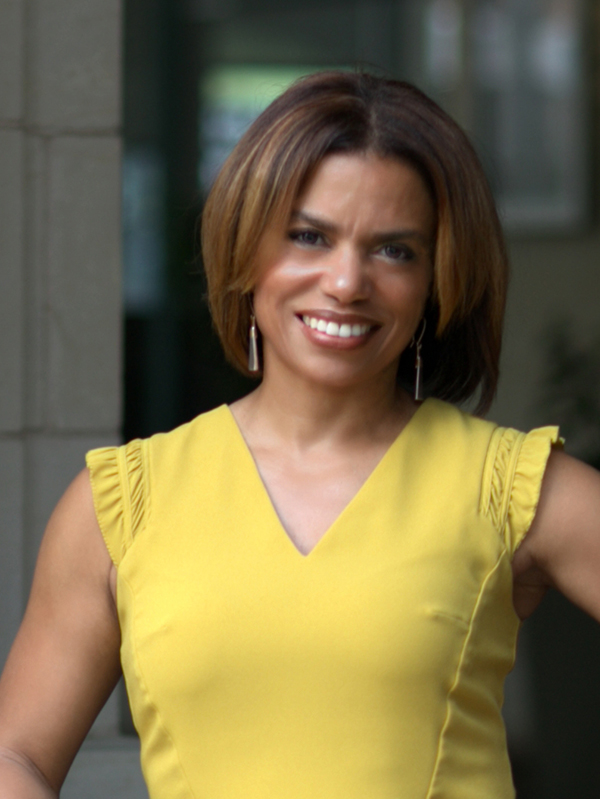
Gregory Lucas-Myers, ’10, is the senior assistant editor of Michigan Alum.

